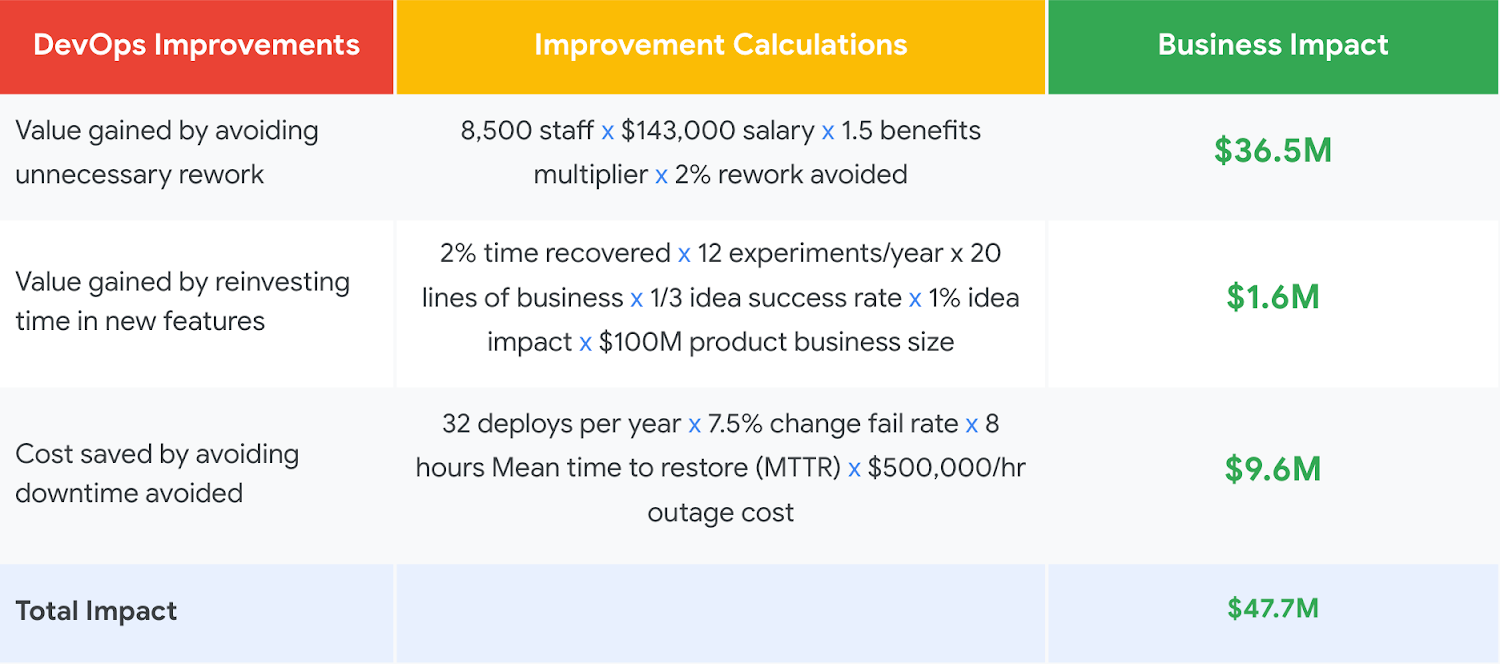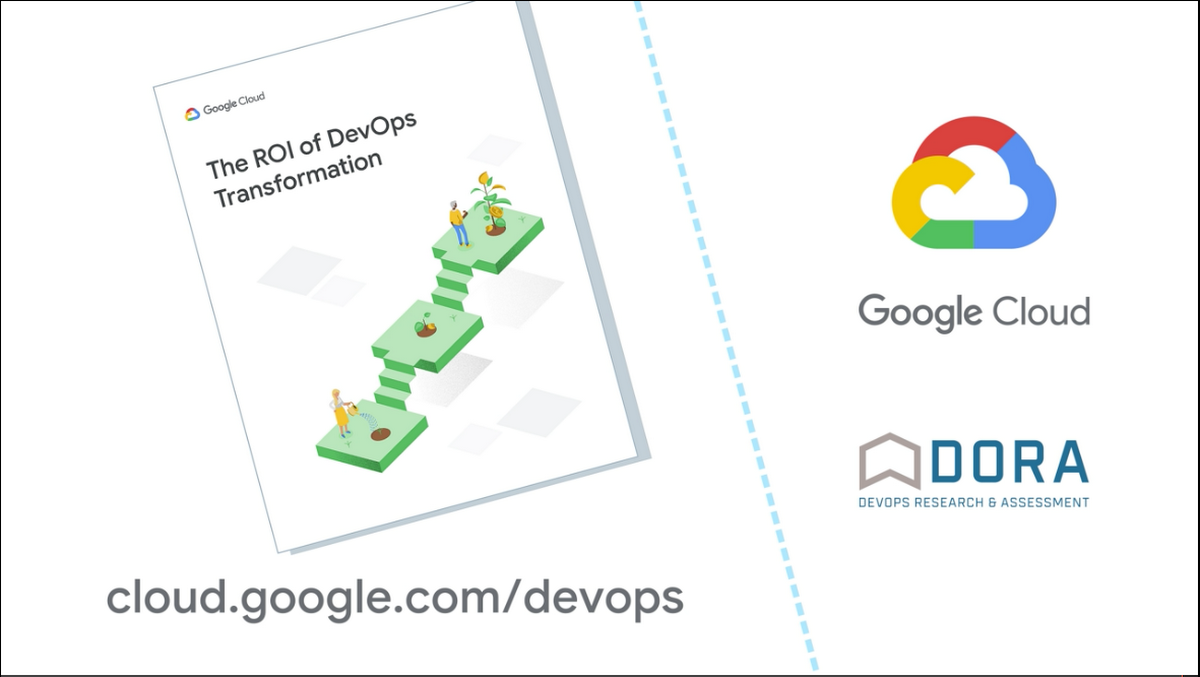Show me the money! How you can see returns up to $259M with a DevOps transformation
Nikhil Kaul
Product Marketing Lead
Brenna Washington
Product Marketing Manager
2020 challenged some of the best laid plans by enterprises. With nearly everything moving online, Covid-19 pushed forward years of digital transformation. DevOps was at the heart of this transformation journey. After all, delivering software quickly, reliably, and safely to meet the changing needs of customers was crucial to adapt to this new normal.
It is unlikely that the pace of modernization will slow down in 2021. As IT and business leaders further drive digital adoption within their organizations via DevOps, the need to quantify the business benefit from a digital transformation remains top of mind. A reliable model is imperative to drive the right level of investments and measure the returns. This is precisely why we wrote How to Measure ROI of DevOps Transformation. This white paper is backed with scientific studies conducted by DevOps Research and Assessment, DORA, with 31,000 professionals worldwide over 6 years to provide clear guidance based on impartial industry data. We found the financial savings of DevOps transformation varies from from $10M to $259M a year.
Looking beyond cost to value
The most innovative companies undertake their technology transformations with a focus on the value they can deliver to their customers. Hence, in addition to measuring cost savings, we show how DevOps done right can be a value driver and innovation engine. Let's look deeper into how we quantify the cost and value-generating power of DevOps.
Cost-driven category
Here, we focus on quantifying the cost savings and efficiencies realized by implementing DevOps—for example, how an investment in DevOps reduces costs by cutting the time it takes to resolve outages and avoiding downtime as much as possible.
However, focusing solely on reducing costs can rarely yield systemic, long-term gains; thereby increasing the importance of going beyond cost-driven strategies. The cost savings achieved in year one “no longer count” beyond year two as the organization adjusts to a new baseline of costs and performance. Worse, only focusing on cost savings signals to technical staff their job is potentially at risk due to automation rather than being liberated from drudge work to better drive business growth. This leads to negative effects on morale and productivity.
Value-driven category
There are two value drivers in a DevOps transformation, (1) improved efficiency through the reduction of unnecessary rework, and (2) the potential revenue gained by reinvesting the time saved in new offer capabilities.
Adding these cost and value driven categories together, IT and business decision makers can get an estimate of the potential value their organizations can expect to gain from a DevOps transformation. This helps justify the investment needed to implement the required changes. To quantify the impact, we leverage industry benchmark data across low, medium, high, and elite DevOps teams, as described by DORA in its annual Accelerate: State of DevOps report.
Combining cost and value
As an example, let's consider the impact of a DevOps transformation on a large organization with 8,500 technical staff and a medium IT performer. Using the data gained from the DevOps report, we can calculate both the cost and value driven categories along with total impact.


While this example represents what a medium IT performer at a large organization might expect by investing in DevOps, companies of all sizes and performance profiles can leverage DevOps to drive performance. In the white paper, we calculate the impact of DevOps across organizations of different sizes—small, medium, and large—as well as across four distinct performance profiles—low, medium, high, elite.
There will be variation in these measurements based on your team’s current performance, compensation, change fail rate, benefits multiplier, and deployments per year, so we share our methodology in the white paper and invite you to customize the approach based on your specific needs and constraints.

Years of DORA research show that undertaking a technology transformation initiative can produce sizable returns for any organization. Our goal with the white paper is to provide IT and business decision makers an industry backed, data driven foundational basis for determining their investment in DevOps. Download the white paper here to calculate the impact of DevOps on your organization, while driving your digital transformation.



